Announcement

Due to the COVID-19 pandemic, all our offices are operating on a skeleton workforce. For inquiries, please get in touch with us via the emails listed on our contact page.

Maya-3 and Maya-4 are the first Philippine university-built satellites designed and developed by the first batch of scholars under the Space Technology and Applications Mastery, Innovation, and Advancement (STAMINA4Space) Program: Project 3 - Space Science and Technology Proliferation through University Partnerships (STeP-UP), funded and supported by the Department of Science and Technology (DOST) with scholarship grants from its Science Education Institute (SEI). The STeP-UP Project is implemented by the University of the Philippines-Diliman in collaboration with the Kyushu Institute of Technology in Japan.

|
Class
|
Cube Satellite (Cubesat)
|
|
Mass
|
1.15kg
|
|
Type
|
Technology Demonstration
|
|
Dimensions
|
10cm × 10cm × 11.35cm (Stowed State)
|
|
Orbit
|
Low Earth
|
|
Payloads
|
Maya-3: RGB Camera, Automatic Packet Reporting System Message Digipeater (APRS-DP) Payload, Global Positioning System (GPS) Chip, Anisotropic Magnetoresistance Sensor Maya-4: RGB Camera, Near-Infrared (NIR) Camera, Automatic Packet Reporting System Message Digipeater (APRS-DP) Payload, Global Positioning System (GPS) Chip, Anisotropic Magnetoresistance Sensor |
|
Launch
|
29 August 29 2021 at 3:14 P.M. (PST) aboard the SpaceX Falcon 9
rocket’s
Dragon C208 as part of SpaceX Commercial Resupply Mission-23 (SpX-23)
|
|
Release
|
6 October 2021, 5:20 p.m. PST
|
|
Mission
|
|
|
Status
|
Active
|
January 18, 2019

STeP-UP scholars Batch 1 kickoff
The 1st batch of STeP-UP scholars of MS/MEng in Electrical Engineering under the at UP-EEEI
nanosatellite engineering track formally kickoff scholarship
DOST Secretary Fortunato dela Peña (center) with STeP-UP scholars (from left to right):
Christy Raterta, Marielle Magbanua-Gregorio, Gladys Bajaro, Lorilyn Daquioag, Renzo Wee,
Bryan Custodio, Judiel Reyes, and Derick Canceran
Learn
more
May 30, 2019
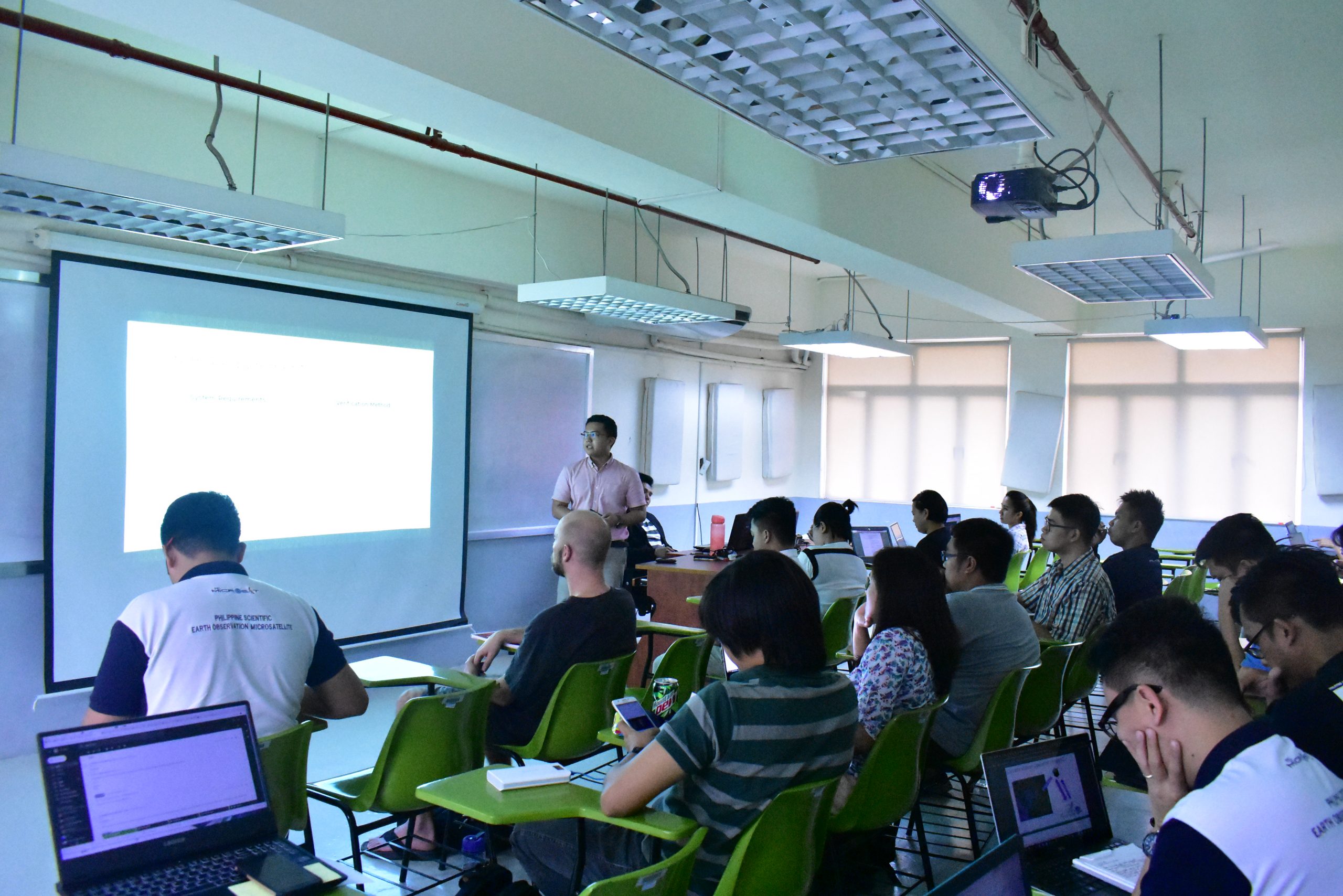
Mission Definition and Design Review
January 17, 2020

Preliminary Design Review (PDR)
June 22, 2020 to July 9, 2020

Maya-3 Engineering Model (EM) space environment qualification test
Photo courtesy of BIRDS-3 Satellite Project
July 2020 to September 2020

Flight Model (FM) functionality tests
April 28, 2021
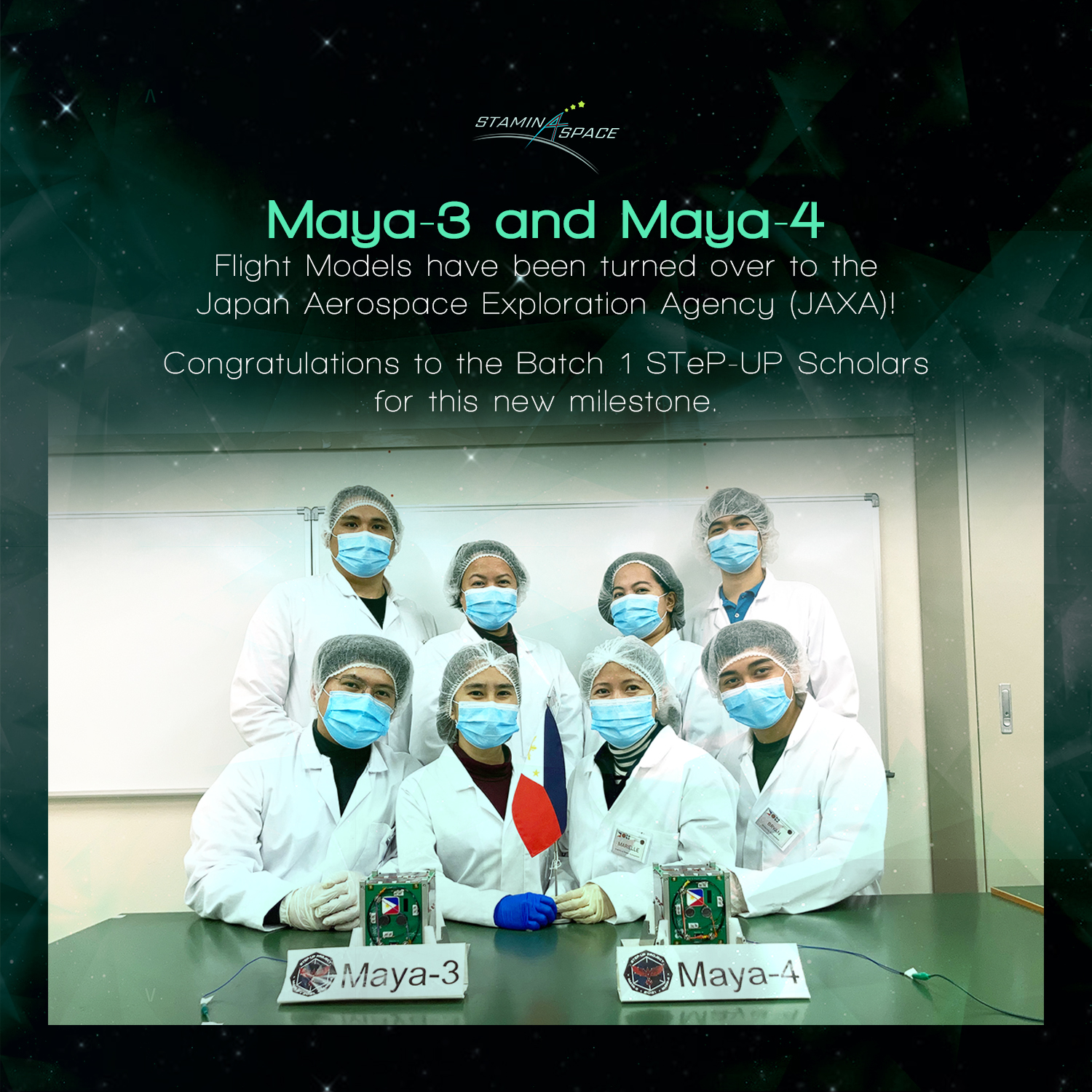
Maya-3 and Maya-4 Successfully turned-over to Japan Aerospace Exploration Agency (JAXA)
August 29, 2021
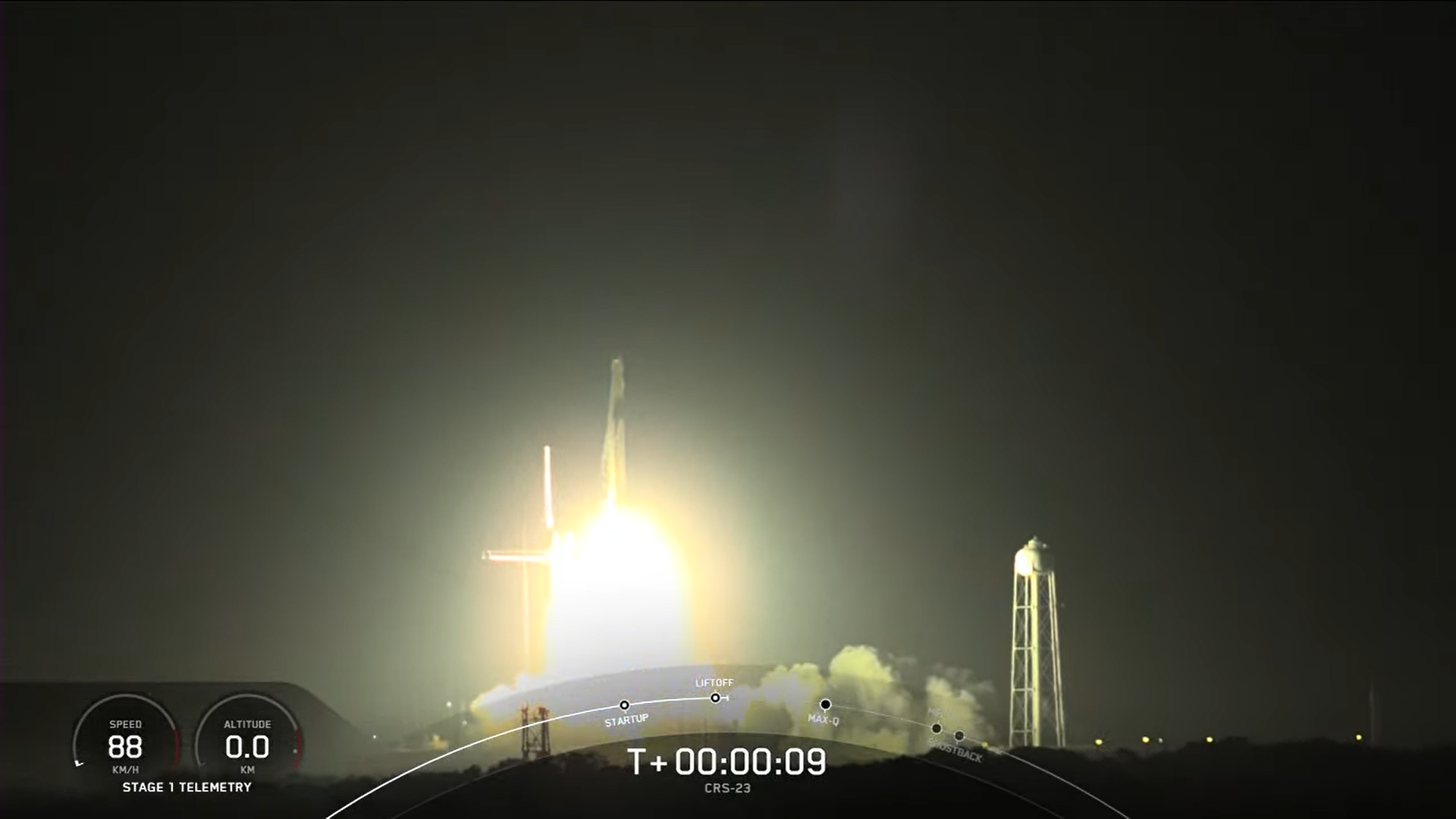
Maya-3 and Maya-4 CubeSats launched to International Space Station
Photo captured via NASA Live stream
Learn
More
October 6, 2021
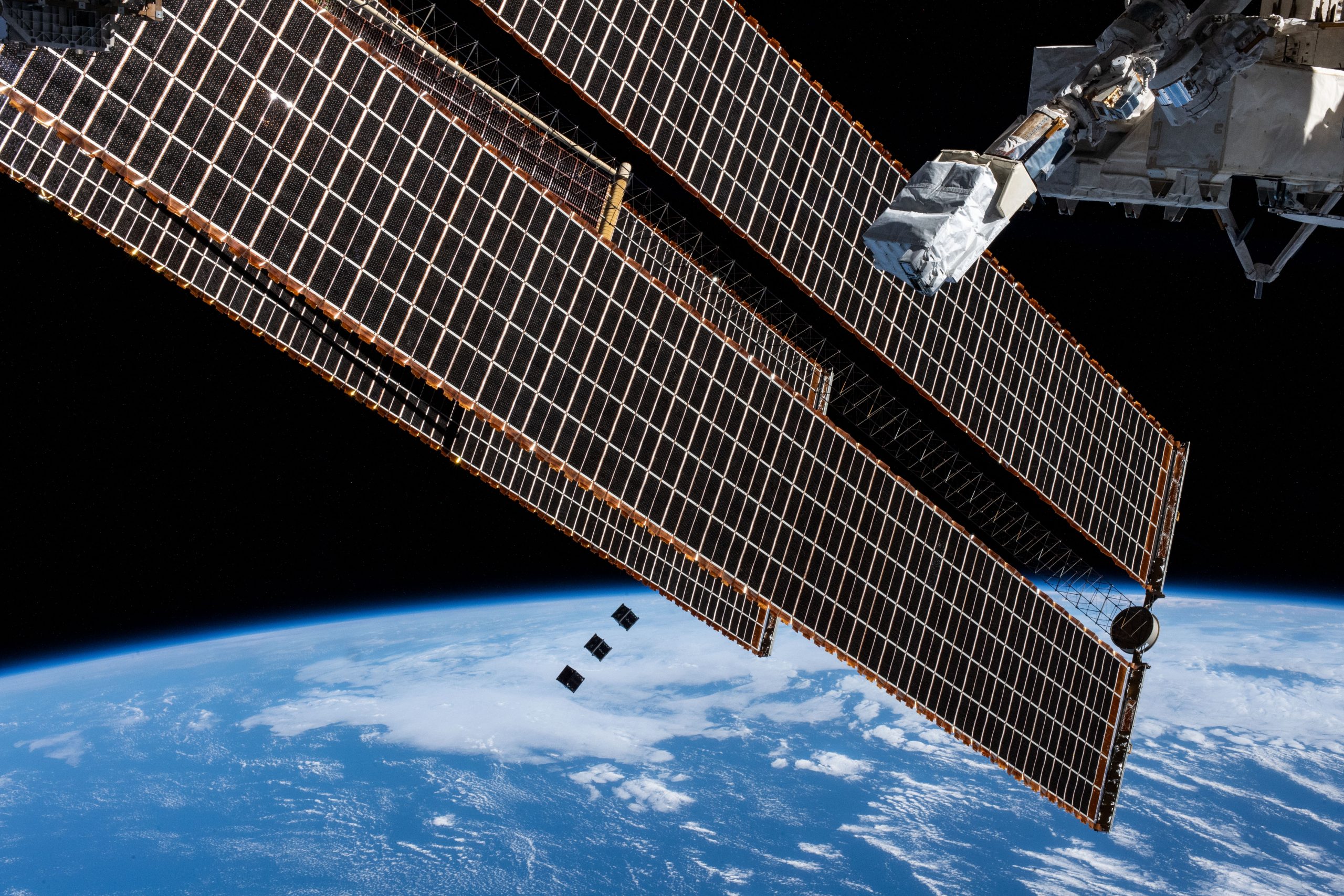
Maya-3 and Maya-4 cube satellites released to space from ISS, to begin operations soon
As of October 7, 2021, Maya-3 and Maya-4 beacons were successfully received and decoded during
the 9:00 AM PST pass remotely through the Philippine Universities Ground Archiving and Data
Reception (PUGAD) station in UP Diliman.
Photo captured via JAXA Live stream
Learn
More
August 4, 2022
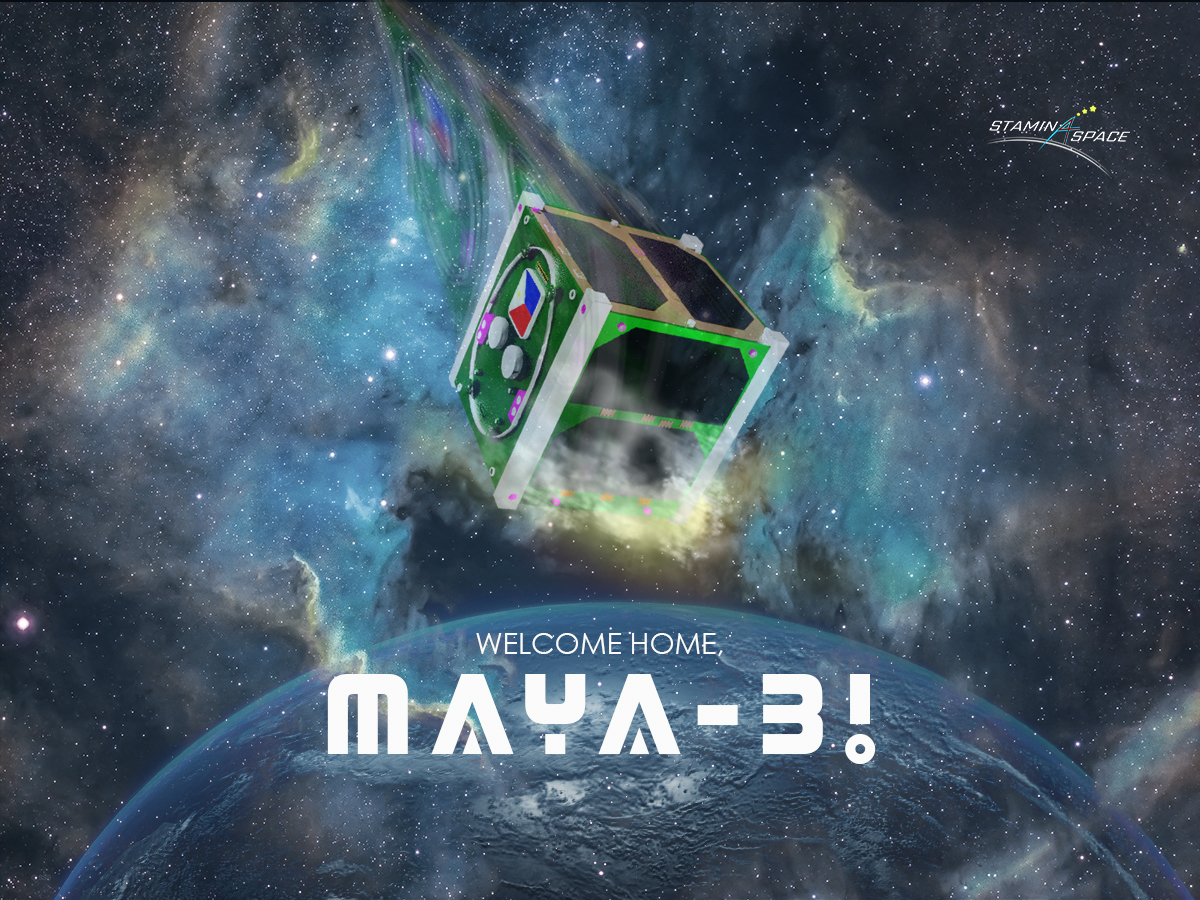
Maya-3 re-enters atmosphere, ends mission
After10 months in space, the Maya-3 cube satellite (CubeSat) re-entered the Earth’s atmosphere,
ending its mission on August 4, 2022.
August 8, 2022
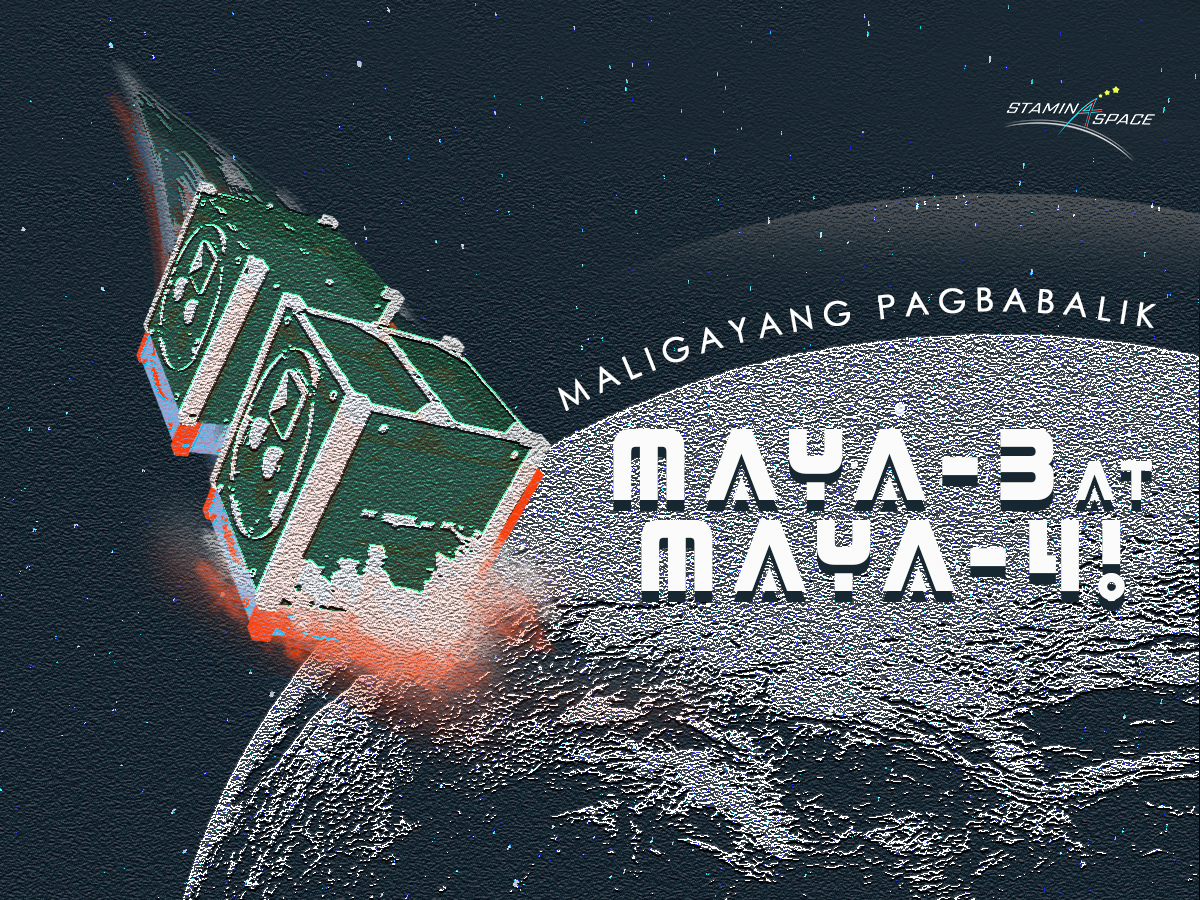
Maya-4 ends mission
Maya-3 and Maya-4 re-entered the Earth’s atmosphere on 4 August 2022 (10:01 PM PhST) and 8
August 2022 (4:09 PM PhST) respectively, ending their missions. Maya-3 and Maya-4 were the first
Filipino cube satellites (CubeSats) built in a local university setting, designed and developed
by the first batch of scholars under the Space Space Science and Technology Proliferation
through University Partnerships (STeP-UP) project of the STAMINA4Space Program.